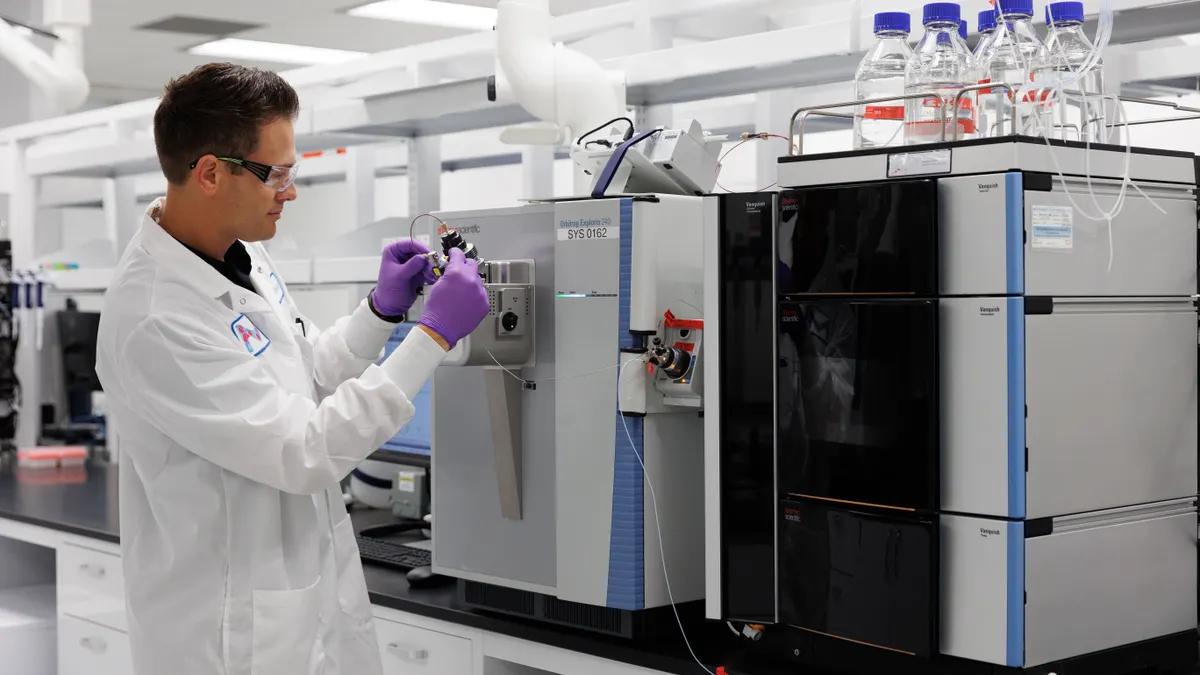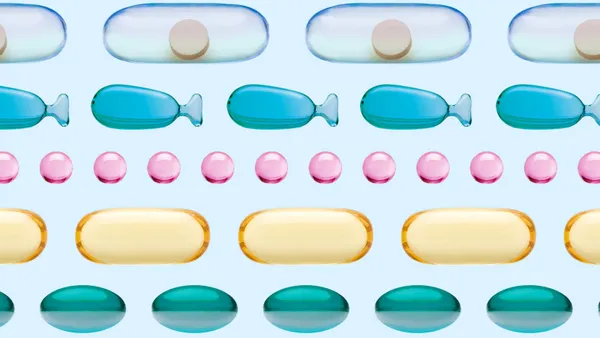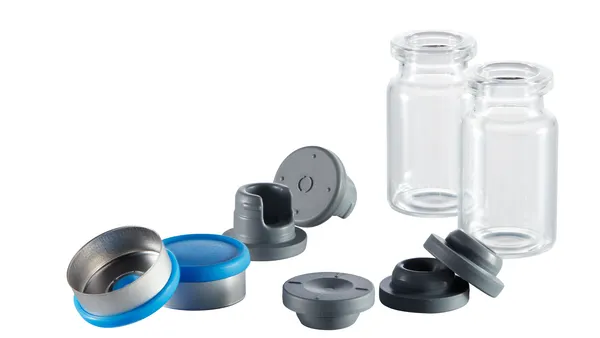The market for gene therapies is expected to grow from $9 billion (2023) to $23.9 billion (2028), according to MarketsandMarkets. As more innovators enter the space, it’s increasingly clear that an effective analytical testing strategy is paramount for robust development and production of viral vectors, an essential component for the vast majority of gene therapies.
“An effective analytical testing strategy really helps lay a good foundation for a phase-appropriate process, and can help address a number of complex challenges,” says Michael Born, who is a manager with MilliporeSigma’s viral vector CDMO analytical development team.
Born says this kind of strategy can be used as a checklist to help ensure that viral vector therapeutics meet regulatory requirements and industry standards. “We know what the finish-line looks like: it’s a well-characterized and high-quality, safe and effective product,” says Born. “From an early stage, it’s important to proactively consider compliance, scalability and reproducibility of the product and process and devise the steps needed to swiftly and safely reach that goal.”
Born shared the following playbook to reference when designing an analytical testing strategy for viral vectors internally or with a CDMO partner.
1. Understand identification and characterization data. There are two components with viral vectors: the vector, which protects and delivers the nucleic material to the target, and the “cargo,” or gene of interest (GOI). Identification and characterization tests can include tests for structural elucidation, purity and impurity profiling, and employ techniques like next-generation sequencing, which provides unparalleled genomic insights crucial for confirming viral vector identities and detecting impurities. “Next-generation sequencing gives you fidelity with your GOI, so you know there’s no mutations,” says Born.
2. Validate your preclinical development methods. It’s important to validate and qualify your methods, which should be customized to appropriate phase and quality targets, while also having an eye toward the future. “Proactively planning your commercial product and requirements and process is so incredibly important from the start,” says Born. Consider using pharmacokinetics, pharmacodynamics and toxicology evaluations using bioanalytical assays, supported by mass spectrometry to characterize viral proteins and impurities at a molecular level.
3. Establish your clinical development process. The clinical development step is crucial to mitigating risk and accelerating timelines, as your therapeutic advances from preclinical to later phases. Here, focus on bioavailability, bioequivalence and immunogenicity testing, leveraging next-generation sequencing for in-depth analysis of virus-host interactions and potential immune responses. Leveraging a viral vector CDMO’s analytical platform can help when it comes to comprehensive testing, quality and compliance for clinical trials.
4. Devise your clinical manufacturing process. From the earliest days, your manufacturing process should aim to meet the demands of your patient population. “Having a consistent product all starts with process development, long before it actually gets to the manufacturing area,” says Born. When designing the process, it’s important to use in-process controls and impurity profiling, along with mass photometry for high-throughput analysis and optimization of purification processes.
5. Prioritize quality control data. Maintaining good data throughout your processes is imperative. “Regulatory authorities demand an impeccable data package prior to any approval,” says Born. This data package will include batch release and ongoing quality control tests for identity, strength, purity and quality attributes; and it should employ next generation sequencing, mass photometry and mass spectrometry for consistency and compliance.
6. Test for formulation and stability. The final gene therapy product must be stable, even if it is exposed to environmental or physical stressors. “Formulation is critically important for ensuring stability and buffering your drug from those stressors,” says Born. This step can include stability, solubility and compatibility tests with buffer excipients; using mass photometry for rapid and detailed analysis of viral vector subpopulations; and optimizing manufacturing conditions. It’s critical to assess stability under various conditions, with mass spectrometry providing detailed insights into degradation products and post-translational modifications. “Having a stable formulation essentially extends the shelf life of your drug,” says Born.
7. Continue post-marketing surveillance. After your therapeutic launches in the market, the work continues. It’s important—and required—to monitor batch-to-batch consistency and stability, with next-generation sequencing aiding in the detection of adventitious agents and mass spectrometry ensuring ongoing product quality.
Producing safe, effective, high-quality viral vector therapeutics depends on a robust and tailored analytical testing strategy. Further, a phase-appropriate process can help innovators accelerate timelines, reduce risk and reach patients more quickly with the therapeutics they need.
MilliporeSigma, which has been manufacturing viral vectors for more than 30 years, including those found in four commercially available viral vector-based gene therapies on the market, works with gene therapy innovators, helping them to solidify their analytical testing strategy and supporting them from development through commercialization.
Learn more about MilliporeSigma’s viral vector CDMO services.
MilliporeSigma is the U.S. and Canada Life Science business of Merck KGaA, Darmstadt, Germany.










